
Breast screening gaps mapped by data, not guesswork
Breast cancer screening saves lives when it happens on time, but access to screening is…

Breast cancer screening saves lives when it happens on time, but access to screening is not evenly distributed. A team at the University of Tennessee Health Science Center, across its Center for Biomedical Informatics and allied departments, has stitched together a map of the United States that shows where screening rates cluster high or low…
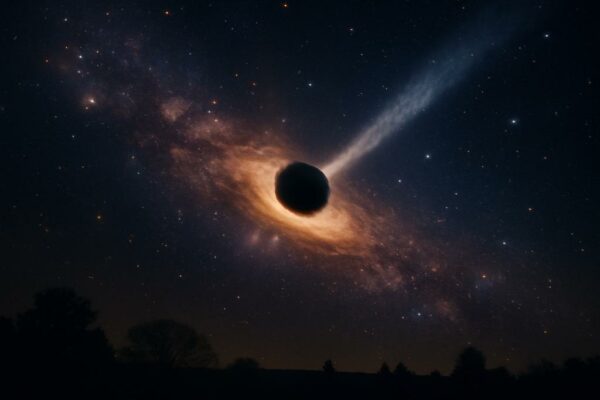
The cosmic X-ray background is the faint, diffuse glow that blankets the sky in X-rays, a celestial sunrise stitched together from the hearts of galaxies. Most of that glow comes from active galactic nuclei, the hungry cores of galaxies where matter rushes into supermassive black holes and their violent appetites fuel light across the spectrum….
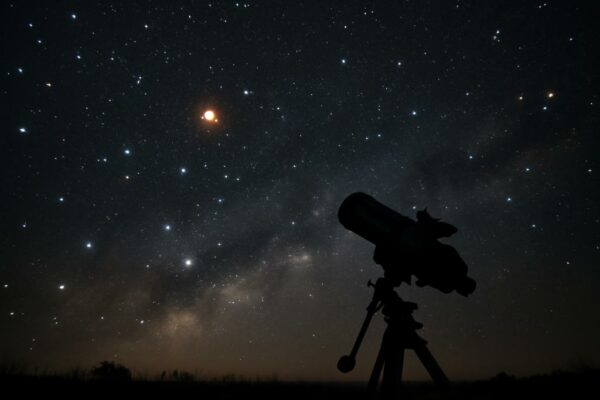
The night sky isn’t just a tapestry of twinkling points. It’s a library of stories about how stars live, die, and pass on their secrets to one another. One of the most intriguing chapters is written by carbon stars—stars whose atmospheres harbor more carbon than oxygen, a signature that usually points to deep nuclear alchemy…
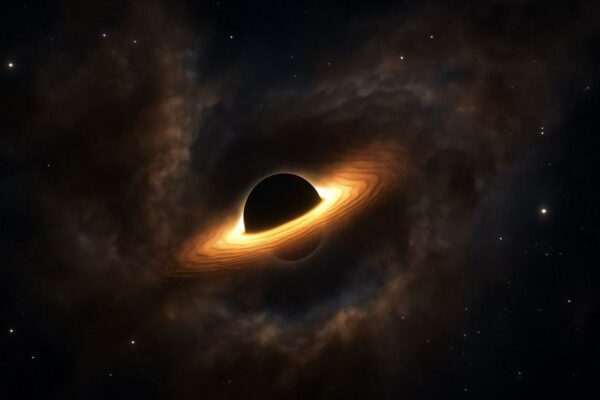
In the centers of galaxies, monstrous black holes quietly govern a swirl of gas and light. When matter falls inward, X-rays blaze like cosmic lanterns, carrying whispers about gravity so extreme that space itself is bent. A team led by A. Danehkar of Eureka Scientific and W. N. Brandt of The Pennsylvania State University took…

In the race to build cars that can drive themselves, engineers juggle more variables than a cockpit full of dials. Not only must the software manage steering, speed, and braking, it has to do so across a spectrum of hardware: different sensors that glimpse the road, varying actuators that respond at different speeds, and a…

The world of matrices is a world of rules that stubbornly resist cramming into a single sentence. A team of mathematicians from the University at Buffalo and the University of Zagreb has asked a deceptively simple question about those rules: what happens when you squeeze the spectrum of a matrix and demand that certain structural…

Privacy tech isn’t just for cryptographers in smoke-filled rooms; it’s inching toward the everyday, like a quiet upgrade that makes your devices subtly kinder to your data. At the heart of this movement are zero-knowledge proofs (ZKPs): clever math tricks that let you prove you know something without revealing the secret itself. That capability has…

In a sunlit lab, a frozen portrait suddenly hips to a beat, its colors pulsing in time with a soundtrack. It isn’t a magic trick or a silly trick of video editing; it’s a new kind of AI choreography. A team of researchers from Stony Brook University, working with partners at ByteDance and Apple, have…

The last time you pressed play, you probably didn’t realize how many tiny signals were stacking up behind the suggestions. The title, yes, but also the vibe of the trailer, the mood of the genre, the way an actor’s last film lingered on your memory, and even the pace at which you streamed and paused….

The question of how many squares it takes to build every sum of squares is both ancient and modern in the same breath. In the familiar integers, a celebrated theorem—Lagrange’s four-square theorem—tells us any natural number is a sum of four squares. But step into the richer land of algebraic number fields, and the answer…

In the grand theater of solar materials, speed is not just about absorbing sunlight but about turning that energy into usable voltage before it leaks away. For decades, gallium arsenide (GaAs) has stood as a high-performance benchmark in photovoltaics, prized for its direct band gap and stellar optoelectronic quality. Yet GaAs isn’t cheap, and its…

Light has always carried information, but only recently have we tried to choreograph it as a learning partner. Traditional AI training relies on electricity and silicon, grinding through colossal amounts of data on power-hungry hardware. It’s a race against heat, latency, and the planet’s tolerance for energy use as machine learning models grow hungrier and…

Deep learning has a knack for mastering one thing at a time: recognize this photo, label that object, predict tomorrow’s weather. But real life isn’t tidy. A model trained on one set of images—say, studio portraits or product photos—fights to perform when the world shifts under its pixels: different lighting, different backgrounds, different camera quirks….

In chemistry, reactions often feel like a walk along a map where the ground rules are supposed to be carved in stone. You follow a surface, you cross a barrier, and you measure a rate. But the quantum world isn’t content with neat maps. It braids together zero-point motion, tunneling through barriers, and sudden hops…

In the quiet world of Brownian motion, a gas of tiny particles usually behaves like a crowd of independent wanderers. They bump and jitter, but each one is its own storyteller. In a new twist, researchers let the environment itself wobble in time, and suddenly the crowd starts to move as a chorus rather than…
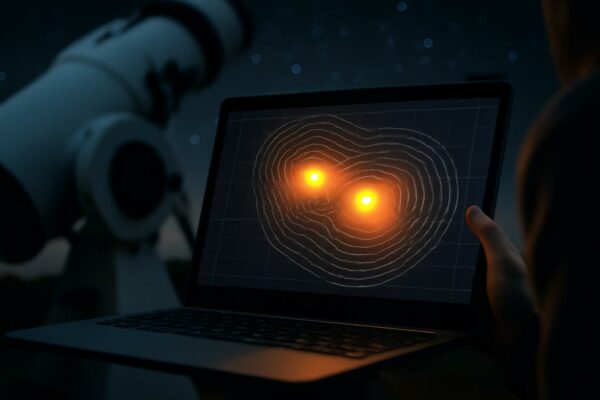
Across the night sky, binary stars dance as twins locked in gravitational choreography. For centuries, astronomers measured their periods, eclipses, and light curves, but the twins’ true shapes and separations hid behind a fog of distance and glare. The sharper the view, the more precisely we can weigh them, map their orbits, and learn how…
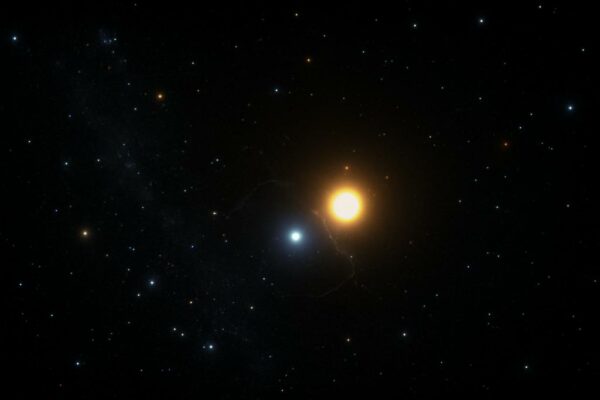
In the night sky, most stars aren’t solitary specks. They travel in pairs, triples, and larger families, especially among the most massive suns. The dance they choreograph is intricate: gravity tugs, tides distort, light travels across vast distances, and relativity nudges the steps just a little more with every beat of the clock. For astronomers,…
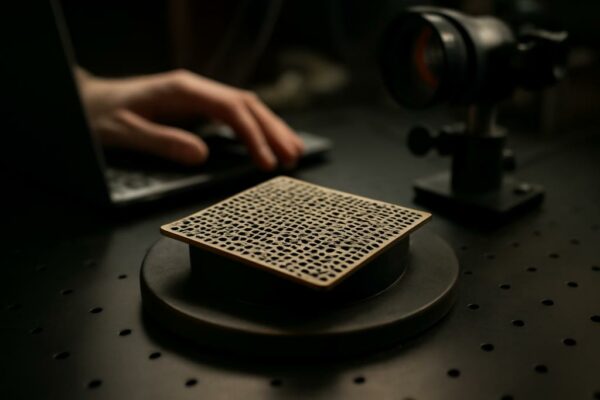
Light loves a good conspiracy. In some engineered materials, its energy glides slowly and stubbornly, as if trapped in a stubborn pocket of space. In others, it roams freely, bouncing from one corner of a structure to another. A photonic flatband is the former: a landscape where the usual rule of thumb, that light velocity…

Federated learning promises a future where many eyes and devices collaborate on smarter AI without surrendering their private data to a central server. It’s the math-y version of a neighborhood potluck: everyone brings a dish, no one hands over the full kitchen. In the realm of vision and language models, that idea has evolved into…

Money talks, but it often speaks in a language most of us struggle to translate. Bills, budgets, investments, and retirement plans wash over us in a murmur of numbers and acronyms. A growing chorus of researchers believes the problem isn’t the math itself but how we’re shown the math. When financial ideas are wrapped in…